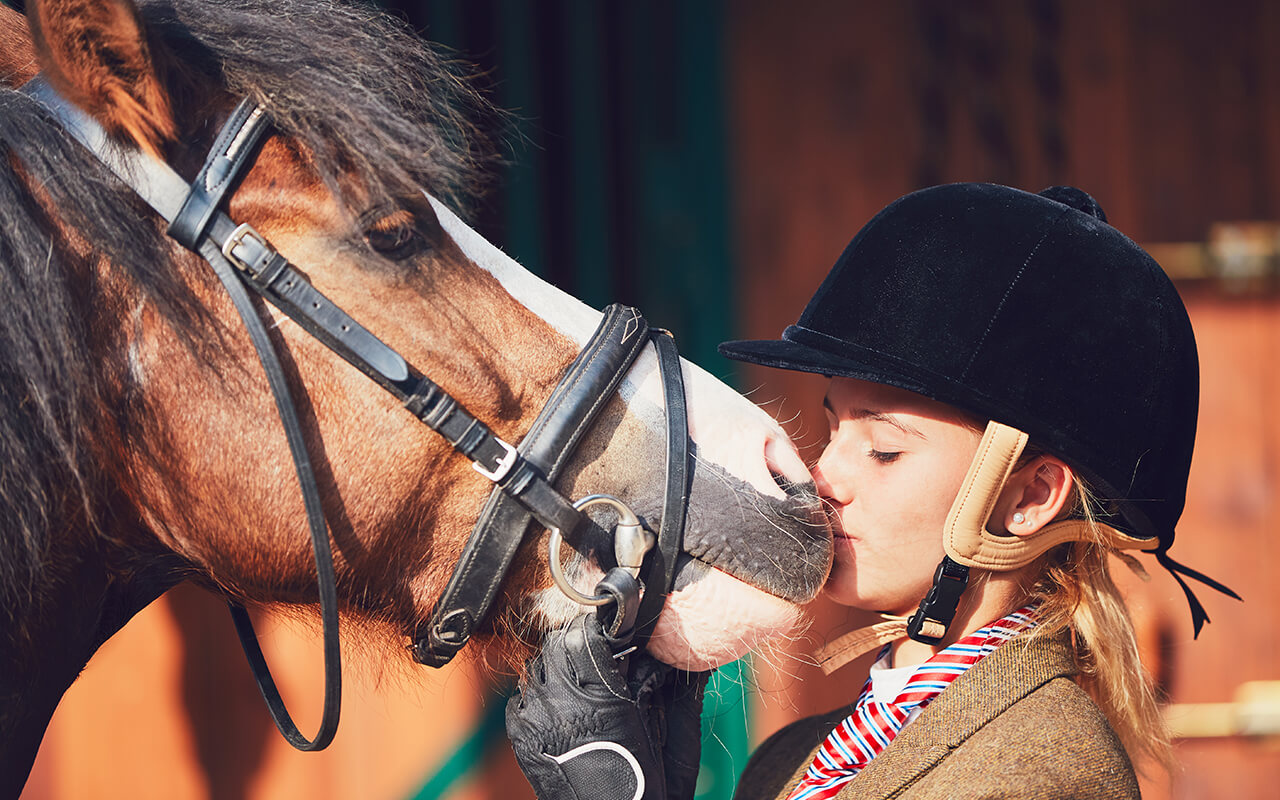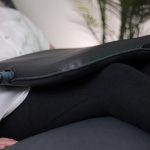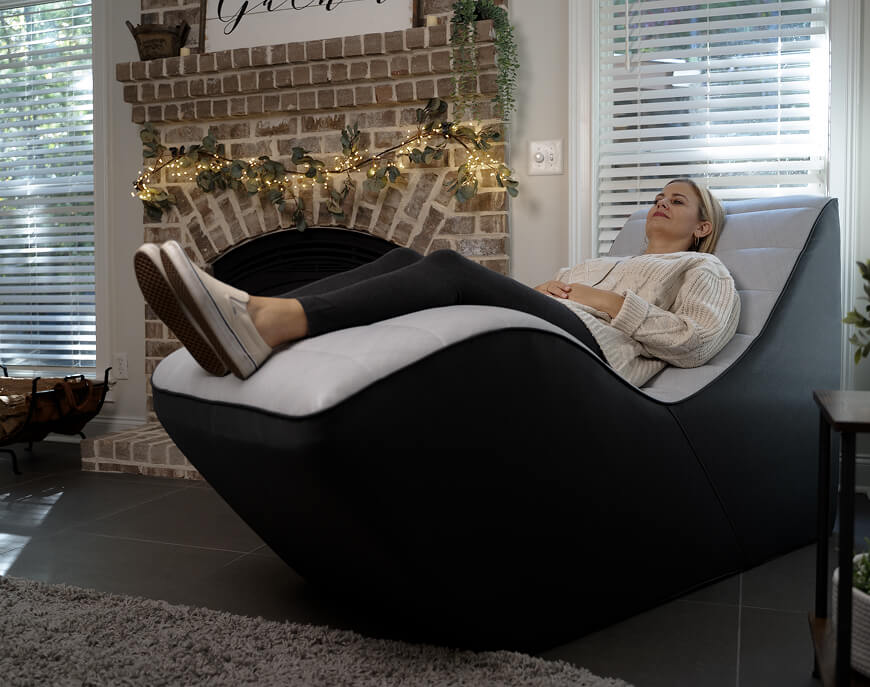Equine colic is one of the most common and confounding emergencies encountered by horse owners. Although colic sounds like a disease, it is actually just an indicator of abdominal pain. This is why there are many different “types” or causes of colic in horses.
Symptoms of colic include tail-switching, pawing, looking or kicking at the abdomen, sweating, rolling, and limited or no bowel movements. Causes range from high grain-based diets or low forage diets, tainted feed, abrupt change in feed, parasite infestation, lack of water consumption, sand ingestion, long-term use of certain medications, stress, and even dental problems.
The Anatomy Behind Colic
The equine digestive tract consists of two parts. The foregut consists of the stomach and small intestine. The hindgut or large intestine includes the cecum and colon. After being partially digested in the stomach and small intestine, food ferments in the cecum.
Abrupt changes in feed cause the cecum’s level of acidity to drop. This kills good bacteria and allows bad bacteria to flourish, which may produce gas and cause other problems. The digestive system is loosely laid out in a large abdominal cavity with minimal attachments, which can also cause issues.
Pro Tip: Contact your veterinarian immediately if you believe your horse is experiencing colic symptoms.
Types of Colic
Gas colic
The horse often appears bloated with a distended belly with gas colic. The overconsumption of lush green grasses, grain, or commercial horse feeds can be a culprit of gas colic. While less common, it can also be due to consuming spoiled feeds.
Spasmatic colic
In spasmodic cases of colic, the bowel is painfully contracting in an overactive manner. Horses experience powerful spasms or contractions of the bowel. Causes include drinking cold water after a hot workout, stress, overexcitement, unusual physical activity in an unfit horse, and sudden dietary changes.
Non-strangulating Obstructions
Physical blockages or narrowed parts of the GI tract may prevent fluid and digested material from continuing throughout the rest of the GI tract. These are non-strangulating obstructions.
Non-strangulating obstructions are subcategorized based on location in the digestive tract and the underlying cause.
Impactions
Impactions commonly occur in the pelvic flexure in the large colon and the bend to the transverse colon. The narrow turns cause feed, sand, fibers, or a combination to get stuck in these areas creating a blockage. Horses who drink less water in the winter or after a recent surgery may be more susceptible to impaction.
Intestinal parasites cause worm impactions in the small intestine and may also cause colon impactions. Stomach and small colon impactions may also occur, but these tend to be less common.
The risk of impactions may be lowered by monitoring feed quality and preventing sudden feed changes. Access to fresh water, a regular deworming schedule, and regular dental checks aid in the prevention of impactions.
Enteroliths
When a foreign object enters the intestinal tract, stones formed by deposited mineralized salts are known as enteroliths. When there are two or more in the same space, they can rub together and create an even bigger problem. Obstructions generally occur in the right dorsal colon, transverse colon, or small colon where the GI tract is narrower. As the obstruction grows, it acts as a valve before closing off the bowel completely once it is large enough.
Displacement of the Large Colon
The large colon moves freely in the horse’s abdomen and, as a result, can be displaced from its original position. The colon can become partially entrapped, twisted, or pinched off. Signs of an “uncomplicated” displacement include intermittent bloating, loss of appetite, and mild to moderate signs of colic.
Regular deworming practices and a change in diet can lower the risk if a horse had a previously displaced colon.
Strangulating Obstructions
When the blood supply of the intestinal wall is restricted, this results in a strangulation obstruction. A horse with a strangulating obstruction will deteriorate quickly and requires immediate veterinary intervention. Common signs in addition to normal colic signs are rolling from side to side, lying on their back, and excessive sweating.
Volvulus
The horse’s intestine can twist, resulting in a volvulus. This twist shuts off the blood supply, and normal digestion can not continue. Volvulus can occur in the small intestine due to adhesions, worm impactions, and lack of normal contractions of the gut. The large colon can also be affected due to its size and loosely attached to other parts of the digestive tract.
Lipomas are also a common cause of volvulus because it is a fatty tumor connected to the mesentery. As it grows, it hangs down from the mesentery and can wrap around the intestines when the horse rolls.
Intussusception
Young horses are commonly susceptible to their small intestine telescoping into an adjacent segment of the bowel. It occurs due to inflammation, worm infestation, or dietary changes that result in abnormal peristalsis. Depending on the location of the intussusception, the symptoms will appear abruptly or gradually. If the obstruction is not complete when symptoms start, it may appear as a spasmodic colic.
Inflammatory conditions
Any inflammatory disease of the small intestines is known as enteritis. Most cases involve the colon and diarrhea is the main symptom so the name has evolved to enterocolitis. Infectious diseases are the most common cause, but intestinal parasites can cause this as well.
When intestinal parasites are the cause, symptoms can include inflammation, bleeding, anemia, loss of protein, impaired digestion, and in severe cases diarrhea. In any case, Pulsing is not recommended when the horse is experiencing diarrhea. You may proceed with Pulsing once the horse’s manure has returned to a normal consistency and the veterinarian on the case has authorized pulsing.
When is it Safe to pulse
Signs that a horse is experiencing colic symptoms are generally noticeable, but determining the type of colic can be a challenge. For that reason, colicking horses should not move forward with Pulsing sessions until a vet has cleared them for Pulsing. If it turns out that the intestines are inflamed, obstructed, or twisted, Pulsing may increase circulation and blood flow, causing further problems.
Proper nutrition, regular deworming, access to fresh water, and regular turnout are all great ways to help maintain your horse’s digestive system. Your veterinarian may also make recommendations for maintaining good digestive health. Pulsing makes a great addition to your horse’s wellness regimen, when no colic symptoms are present.
Have questions about your horse or a client’s horse? Contact the Animal Pulse Success Team at support@pulsepemf.com or call 770-334-2226 and select Option 8.












